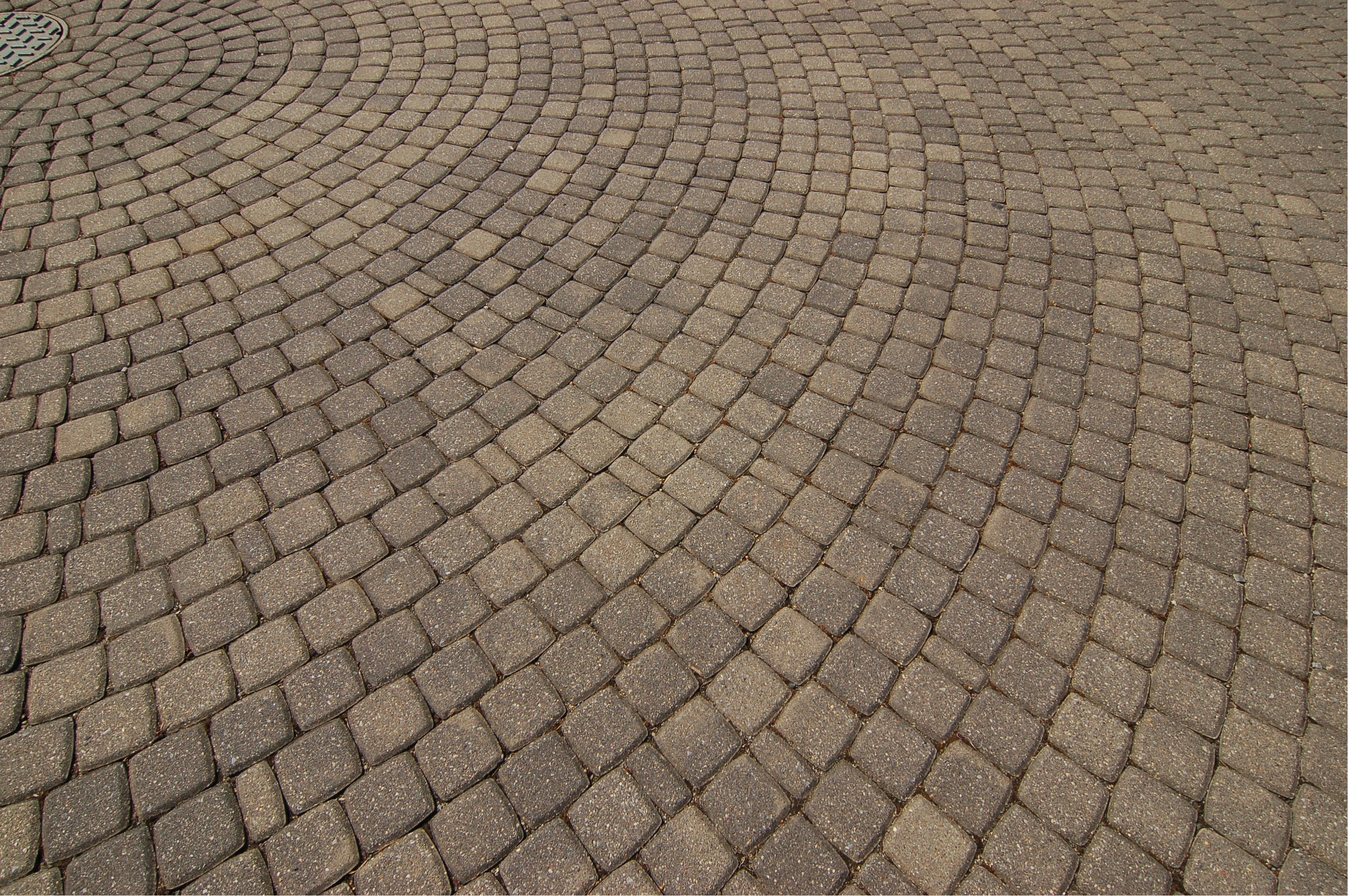From potholes to perfection: The art of paving in Charlotte
Paving is a crucial aspect of urban development, ensuring smooth and safe transportation for residents and visitors alike. In Charlotte, North Carolina, the art of paving has evolved over the years to transform bumpy and pothole-ridden roads into perfectly paved thoroughfares.
Charlotte, often referred to as the Queen City, has experienced significant growth and development in recent years. As the city's population continues to expand, so does the need for well-maintained roads. Paving in Charlotte goes beyond simply fixing potholes; it involves a meticulous process of planning, designing, and executing road improvement projects.
The first step in the art of paving is thorough planning. Charlotte's Department of Transportation (CDOT) conducts regular assessments to identify areas in need of repair or resurfacing. Factors such as traffic volume, road conditions, and budgetary constraints are taken into account to prioritize paving projects. This strategic approach ensures that resources are allocated efficiently to address the most pressing road maintenance needs.
Once a road has been identified for paving, the design phase begins. Engineers and architects work together to create a plan that takes into consideration factors such as drainage, traffic flow, and accessibility. They carefully analyze the existing road structure and determine the best materials and techniques to achieve smooth and durable pavement.
With the design in place, the actual paving process can commence. This involves several critical steps, including excavation, base preparation, and asphalt or concrete application. Skilled construction crews utilize state-of-the-art equipment to remove old pavement, compact the underlying soil, and lay down the new surface. Quality control measures are implemented throughout the process to ensure the highest standards of workmanship and durability.
In recent years, Charlotte has also embraced innovative paving techniques to enhance sustainability and reduce environmental impact. The use of recycled materials, such as crushed concrete or asphalt, has become a common practice. Additionally, permeable pavements are increasingly being employed to allow for natural water infiltration and reduce stormwater runoff. These eco-friendly approaches not only contribute to a greener city but also result in cost savings over time.
The art of paving in Charlotte extends beyond the functional aspect of road construction. The city takes pride in beautifying its streetscapes with aesthetically pleasing designs and decorative elements. Sidewalks, crosswalks, and bike lanes are incorporated into road improvement projects to promote pedestrian and cyclist safety. Landscaping and street furniture are also integrated, adding a touch of charm to the urban environment.
To maintain the quality of paved surfaces, Charlotte implements regular maintenance programs. Crack sealing, surface patching, and periodic resurfacing are conducted to extend the lifespan of roads and prevent major deterioration. The city's commitment to ongoing maintenance ensures that the art of paving continues to thrive and that residents can enjoy smooth and reliable transportation for years to come.
In conclusion, the art of paving in Charlotte is a multi-faceted process that combines strategic planning, meticulous design, and skilled execution. The city's commitment to quality and sustainability has transformed its roads from pothole-ridden to perfectly paved surfaces. With ongoing maintenance programs and a focus on beautification, Charlotte continues to enhance its urban infrastructure and provide residents and visitors with a seamless transportation experience.
